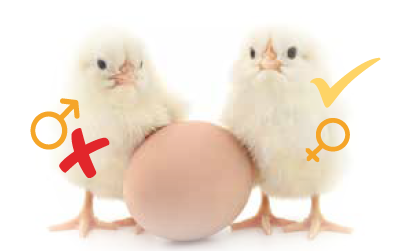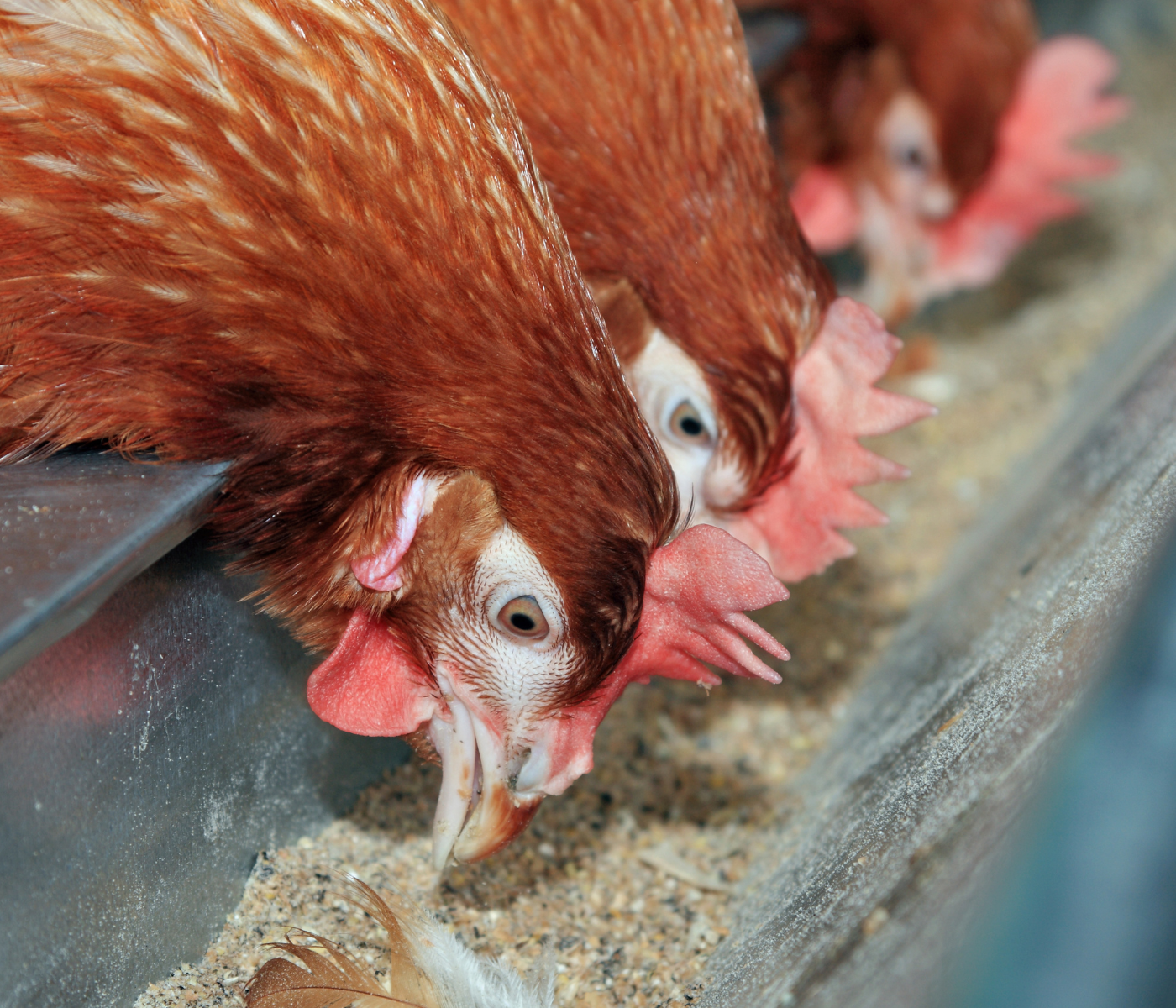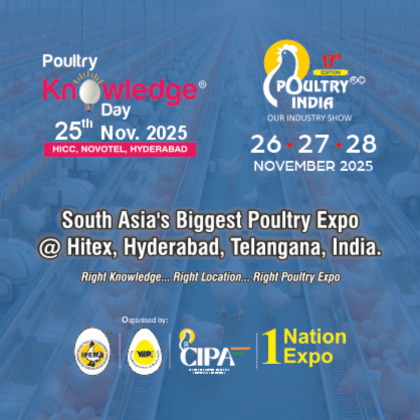Content available at: Español (Spanish) العربية (Arabic)
Demands for animal and poultry welfare continue to grow around the world. Poultry welfare receives attention from interest groups, multinational poultry companies, local consumers, commercial retailers, food chain companies, restaurants, and governments.
In the past two years, South American and Asian countries have either implemented regulations or set plans for adopting international standards of animal welfare
Layer production receives a lot of consideration by groups interested in animal welfare due to the cage systems, the high productivity of these birds, and other management practices not well understood and consequently not accepted.
- Egg producers have been very proactive in answering concerns and adapting to customers’ suggestions and new governmental legislation.
- Many animal welfare certifications have been created with robust training and auditing programs.
It is expected to observe a greater standardization of those Certifications and Auditing process in the years to come.
STARTING AT THE HATCHERY

- Recent news indicates that this practice will be banned in Germany starting in January 2022, becoming the first country to do so.
- There are chances that similar legislation spread across Europe and other countries like it already happened with cage systems.
Solutions are already under implementation:
- The market of growing male layer chicks for their meat is growing, especially in Western Europe.
- On the other side, the in ovo sexing systems in the last phases of development will have to start commercial tests sooner.
- For example, Agri Advanced Technologies GmbH announced a successful application of their in ovo sexing machine Cheggy in HyLine Italy a few weeks ago.
Several companies are developing in ovo sexing technologies around the world. The approaches vary in the methodology to obtain the data necessary to sort the eggs by sex. Some technologies require to open a hole in the egg, while others don’t, and some can differentiate the gender earlier than others. The detection can be done by spectroscopy.
- Generally, the accuracy of sexing in some of these systems is over 98.5% at rates higher than 30,000 eggs per hour.
- Sex can be determined as early as the 4th day of incubation, but the most common is the 9th.
- All machines use embryo culling systems approved by many welfare and scientific agencies.
Based on this accuracy, performance, the acceptable size of prototypes, and many companies providing innovations, it could be expected that this welfare issue has been solved.
But there are concerns that not all markets will adopt in-ovo sexing technology since some may face welfare activist groups that consider that life is still disrupted. However, the selection by sex will be made in an invertebrate that probably could be more acceptable by the public.
Keep up to date with our newsletters
Receive the magazine for free in digital version
REGISTRATION
ACCESS
YOUR ACCOUNT
LOGIN
Lost your password?
















